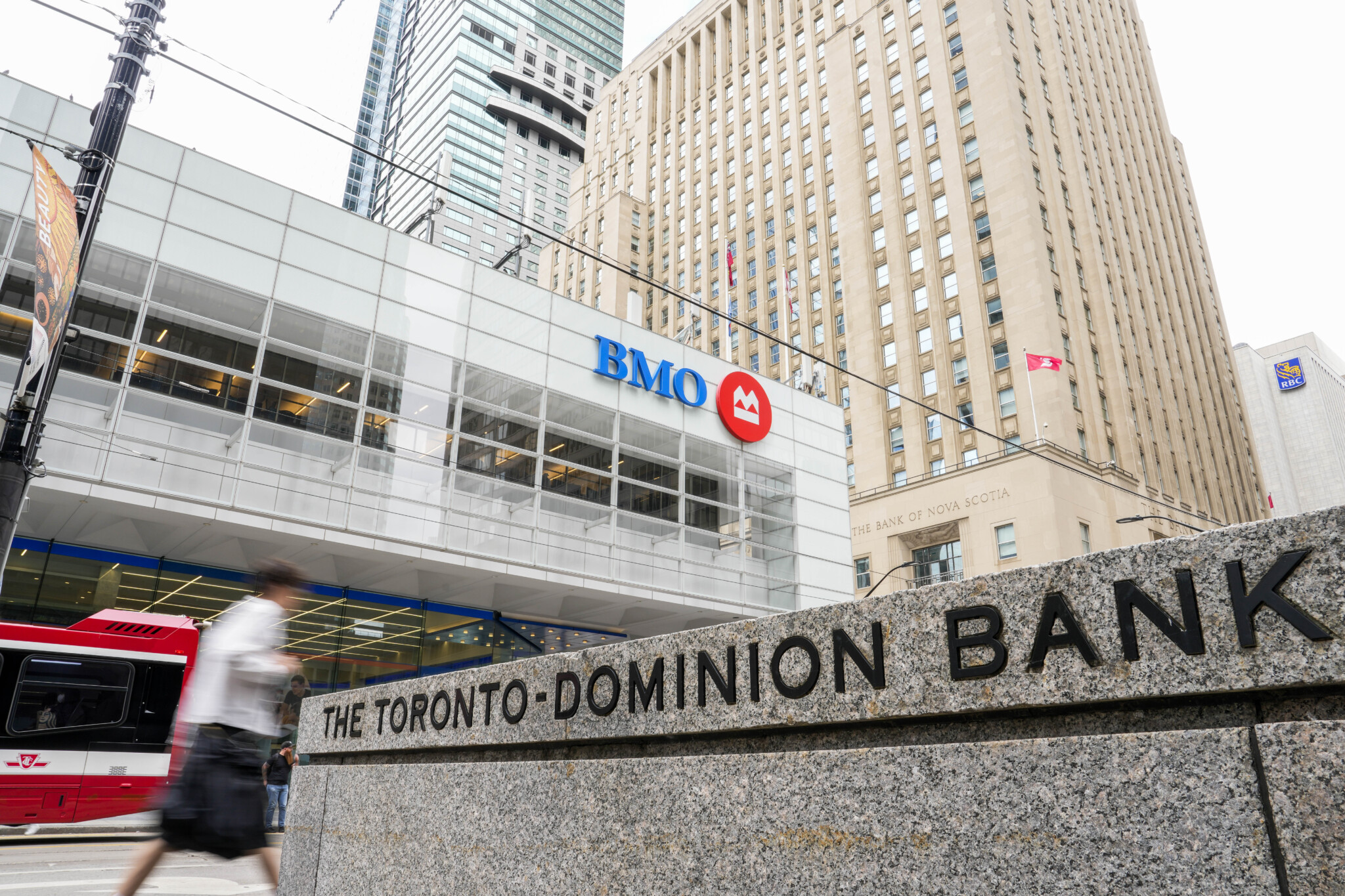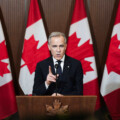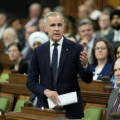The cult classic rockumentary This is Spinal Tap was released 40 years ago this year; depending on one’s tastes, it may have been one of the greatest pieces of satire, or a sandwich of unmentionables. But we could think of no better vehicle to explain last week’s amazing market snap-back than a list of great quotes from the film. (Sorry purists, some have been altered for a PG rating, but they are all Nigel and David approved.) And, of course, this top 10 list goes to 11.
On the rapid market recovery
“It’s a fine line between stupid and, uh…clever.”
As quickly as the early August market squall erupted, it then died down with similar haste. After dropping by 7 percent in three sessions to start the month, the MSCI World Index has quickly reversed nearly all those losses and stands a sturdy 20 percent above year-ago levels. Tech stocks, which had been among the most hard-hit during the sell-off, saw some of the biggest bounces, but the rebound was broadly based. Notably, while equities are now back above levels prevailing at the start of July, Treasury yields are since down anywhere from 45 bps (for 10s) to 65 bps (for 2s).
On what that spike in the VIX was all about
“A bizarre gardening accident.”
The VIX famously popped above the 60 level last Monday, during the height of the volatility, with unusually large intraday swings. Such a level has been visited only a handful of times in the past 30 years. It has since receded all the way back below 15, lower than the long-term norm. Usually, it’s only sustained periods of volatility that signal true financial stress, and this one was certainly not sustained. (Sidebar for true fans: Nigel would at this point boast about how his guitar can sustain a note: “Hear that? No, well you would if I was playing it.”)
On the unwinding of the yen carry trade
“Dozens of markets spontaneously combust every year. It’s just not widely reported.”
The biggest equity market swing was seen in Japan, where the Nikkei plunged almost 20 percent in three sessions, but has since recouped almost all of its losses. Calming words from the BoJ helped reverse course, after the meaty 20 bp hike on July 31. The yen stabilized last week, and even softened a bit to 148, after appreciating almost 12 percent in little more than three weeks. We suspect that the yen will tend to strengthen further amid a broader pullback in the U.S. dollar, but it appears that the most sensitive part of the yen carry trade has already been unwound. Renewed market stability may also tempt a reload.

People pass by an electronic stock board showing Japan’s Nikkei 225 index, left, and U.dollar/Japanese yen conversion rate at a securities firm, April 30, 2024, in Tokyo. Eugene Hoshiko/AP Photo.
On the latest CPI and retail sales result
“It’s like, how much more bullish can this be? And the answer is none. None more bullish.”
After a partial comeback two weeks ago, the market’s attention turned to the two big U.S. economic releases of July CPI and retail sales, and neither disappointed. Inflation produced zero surprises, with 0.2 percent rises in both the headline and core, which were mild enough to clip both yearly rates by one tick. Helpfully, overall inflation dipped to 2.9 percent, the lowest in three years, reinforcing the impression that inflation was back to the same zip code as normal. As we somewhat anticipated, retail sales were an even bigger market mover, replete with a gaudy headline gain of 1.0 percent. While the details were not nearly as rollicking—the control measure was up a pedestrian 0.3 percent—the sturdy gain, combined with solid earnings from Walmart the very same day, made a mockery of recession talk. From the curiosity shop, both the U.S. and China reported a retail sales gain of 2.7 percent y/y for the same month on the same day. (Sidebar: It’s almost like the patron saint of quality footwear is looking after the global consumer.)
On the U.S. economy
“That’s nitpicking, isn’t it?”
Partly as a result of the sturdy start to the quarter by U.S. consumers, we upgraded our call on Q3 GDP growth to 1.7 percent (from 1.3 percent), and the bar could go higher. Even that mild growth would leave GDP up 2.3 percent from a year ago, and on course for this year to match 2023’s surprisingly solid 2.5 percent advance. Suffice it to say that despite all the quibbling about the U.S. economic performance, no other major economy has come close to that growth recently. Even with a better Q2 than expected, Japan will struggle to grow at all this year, as will Germany.
On the outsized impact of jobless claims
“The problem may have been that there was a Stonehenge monument on stage that was in danger of being crushed by a small child.”
Amid rising concerns over a softening job market, the weekly initial jobless claims report has suddenly taken on much more import. Yet, not unlike the financial markets, claims also had a headfake of their own, sprinting up to nearly a one-year high of 250,000 in late July, and abruptly falling back down to 227,000, close to the six-month average. But claims are often even more volatile than normal in the summer, and the small tail should not wag the big dog.
On the ongoing weakness in U.S. housing
“The Boston gig has been cancelled. I wouldn’t worry about it, it’s not a big college town.”
One lingering soft spot on the U.S. outlook is housing, even with a pullback in mortgage rates. Starts fell in July to levels last seen during the depths of the pandemic, and builder sentiment has soured further. The lack of activity is at least partly due to a shortage of willing sellers, as still-high rates are keeping owners in place. Prices remain strong, with the Case-Shiller measure still up 6 percent y/y. The downside of firm pricing is the indirect impact on shelter costs, which are still up 5 percent y/y in the CPI, and the biggest lingering source of inflation.
On Canadian housing
“The law of averages says you will survive.”
As per usual, the Canadian housing market is in a very different space. While sales activity is similarly quiet, prices are still drifting lower, with the MLS Home Price Index down almost 4 percent in July. But that’s from very high levels, and affordability remains incredibly strained. Yet, despite softer prices, building activity remains strong, as starts flared to their highest level in more than a year in July at almost 280,000 units. On a per capita basis, Canadian starts were almost double the pace of their U.S.counterparts last month. However, given the struggles in the condo space, and a recent sag in building permits, we heavily suspect the recent strength in starts will fade.
On the prospect of a 50 bp Fed cut
“Well, this piece is called flick my money pump.”
The much calmer financial market backdrop and firmer U.S. data have mostly doused the wild talk of intermeeting cuts or 50 bp moves by the Fed. Instead, the market has iterated close to our call of a 25 bp first cut in September, and then the Fed will likely keep with that cadence for a while into 2025. However, the market is hanging onto a small chance of a 50 bp cut at some point this year, and we can’t rule it out. It may just take one more truly sour jobs report, or a renewed flare-up in volatility to trigger a more aggressive Fed move.
On where we are headed next
“Go straight ahead, go straight ahead, do a quick jog, turn right the next two corners, and take the first door marked Authorized Personnel Only. Hello Cleveland!”
We are mostly aligned with where the markets are now on the Fed, and the expected rate cuts are fully built into sub-4 percent 10-year bond yields. We have to wonder, though, how long this renewed calm in broader markets will last as we head into the most challenging seasonal period of the year, with plenty of uncertainty on how the U.S. election will play out, and amid very real geopolitical risks.
On what Powell won’t say at Jackson Hole
“These coming rate cuts will go to 11.”
The main market event this week will be Chair Powell’s speech at the annual Kansas City Fed shindig in Wyoming on Friday morning. Over the years, the Jackson Hole speech by the Fed Chair has gone from deeply theoretical, to market moving, to setting the table for policy in the coming year. We suspect it will tend to the last on the list, with Powell outlining the parameters of the coming rate relief—a huge turnabout from the “there will be pain” message a few years back—but typically light on specifics. Our view is there will be a series of 25 bp rate cuts until we get to the 4 percent range, and then a slower step down until we get closer to neutral around 3 percent—technically 9 cuts by 2026, not 11.
This article was originally published at BMO.








